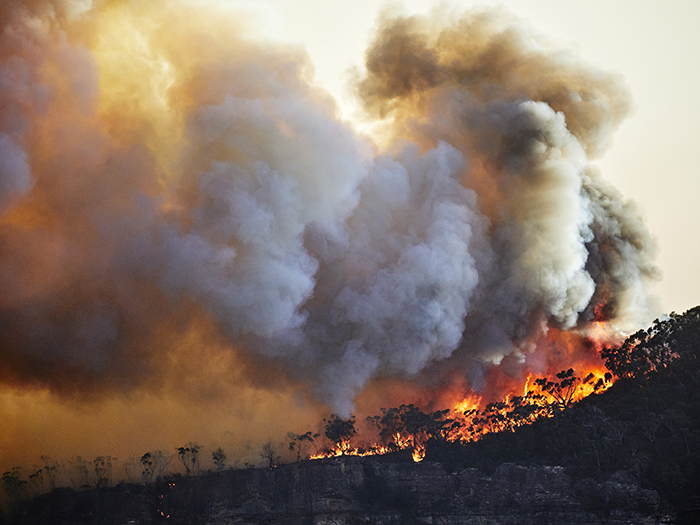Record-Low Catastrophe Losses Bolster Insurance Industry’s Financial Health

Global natural catastrophe losses in the first nine months of 2025 reached $214 billion, falling 37% below the 10-year average as unusually quiet tropical cyclone activity delivered a windfall for governments and insurers, according to Gallagher Re.
The dramatic reduction in catastrophe activity represents one of the quietest periods this century for weather-related disasters, according to Gallagher Re.
Global economic losses from weather and climate events totaled $196 billion as of Sept. 30, significantly below 2024’s $356 billion for the same period and the decadal average of $313 billion. The insurance industry covered $102 billion of these losses, down 7% from the 10-year average.
In the U.S., economic losses from catastrophes totaled $135 billion through the third quarter, or 63% of the global total. This was slightly below the 10-year average of $139 million. Insured U.S. catastrophe losses totaled $90 billion through September.
The third quarter alone produced less than $50 billion in economic losses, and less than $15 billion in insured losses, marking the lowest Q3 totals since 2006. This quarter typically generates the highest losses of the year, averaging $193 billion over the past decade due to Atlantic hurricane landfalls and Asian monsoon flooding, Gallagher Re said.
Despite the overall calm in Q3, the California wildfires in January 2025 — specifically the Palisades Fire and Eaton Fire — emerged as the year’s costliest catastrophe sequence at $65 billion in economic losses. The United States registered 18 additional billion-dollar events as of Sept. 30, with severe convective storms causing at least $61 billion in damage. This marks the third consecutive year the U.S. has exceeded $50 billion in severe storm losses.
Financial Buffers Reach New Heights
The sustained period of below-average losses has strengthened the insurance industry’s financial position to unprecedented levels, according to the report. Global reinsurance capital climbed to a record $804 billion by mid-2025, jumping 4.8% from year-end 2024 levels of $768 billion.
This capital accumulation creates substantial resilience within the market. Industry analysis indicates that a single catastrophic event would need to generate insured losses exceeding $115 billion — above expected annual catastrophe losses — to meaningfully impact the sector’s stability. Even a $100 billion event might not significantly alter the recent softening trend in property reinsurance pricing, Gallagher Re noted.
The geographic concentration of losses remains striking, with the United States accounting for 86% of global insured losses at $90 billion. The combined $15 billion in non-U.S. insured losses represents the lowest international total in nearly two decades. Every region outside North America experienced economic losses at least 45% below their 10-year averages, the report said.
Climate Volatility Demands Continued Vigilance
While 2025’s low loss experience provides welcome relief, risk managers must prepare for increasing volatility in catastrophe patterns, the report said. Historical data reveals a concerning trend: the five-year average annual loss from 2020-2024 reached $155 billion, compared to the 10-year average of $135 billion.
La Niña conditions arrived in September 2025 and will persist into early 2026, potentially affecting winter weather patterns across the Northern Hemisphere. Scientists project 2025 will rank as either the second or third warmest year on record, continuing the pattern of elevated global temperatures, the report said.
Obtain the full report here. &










